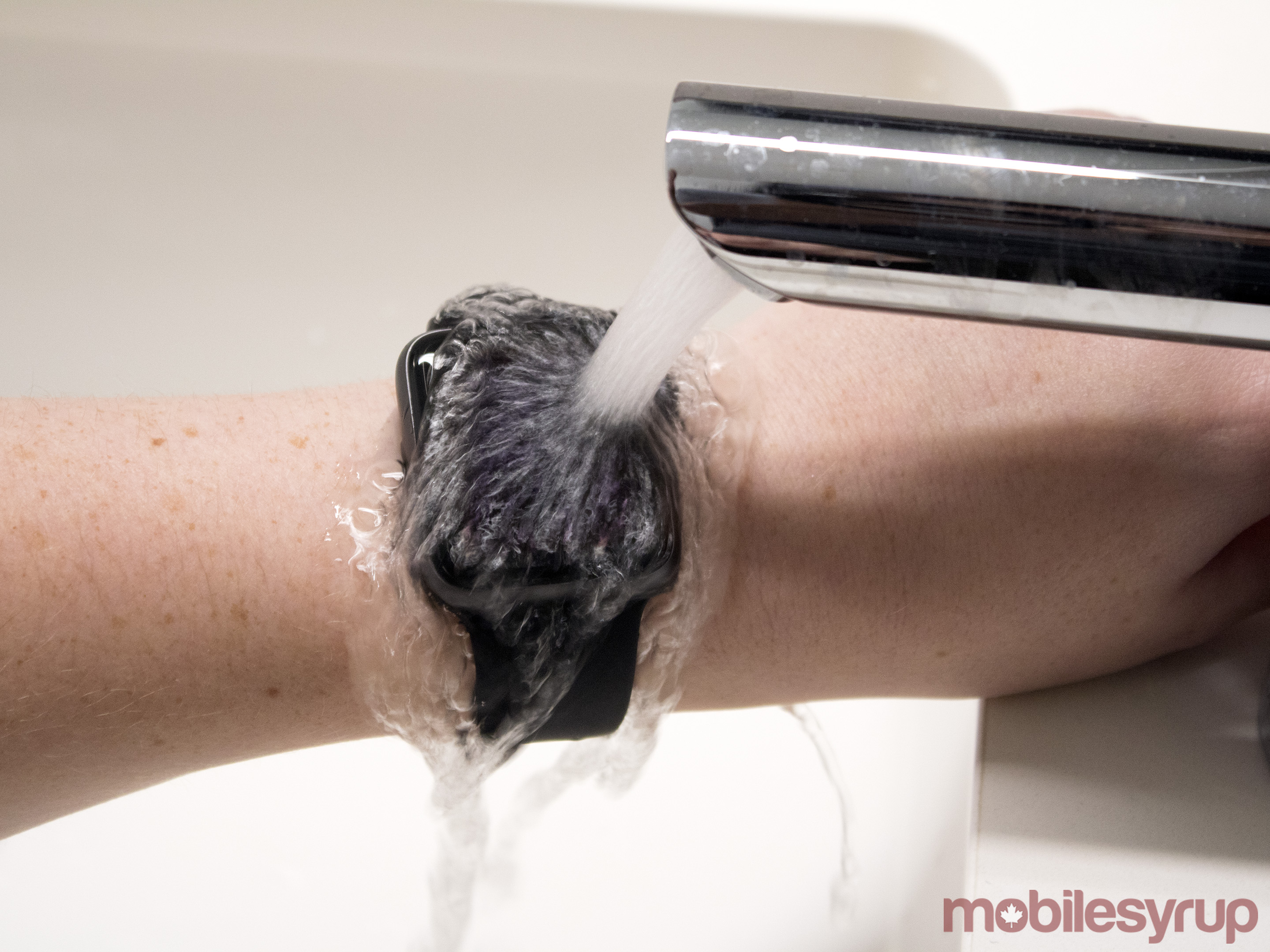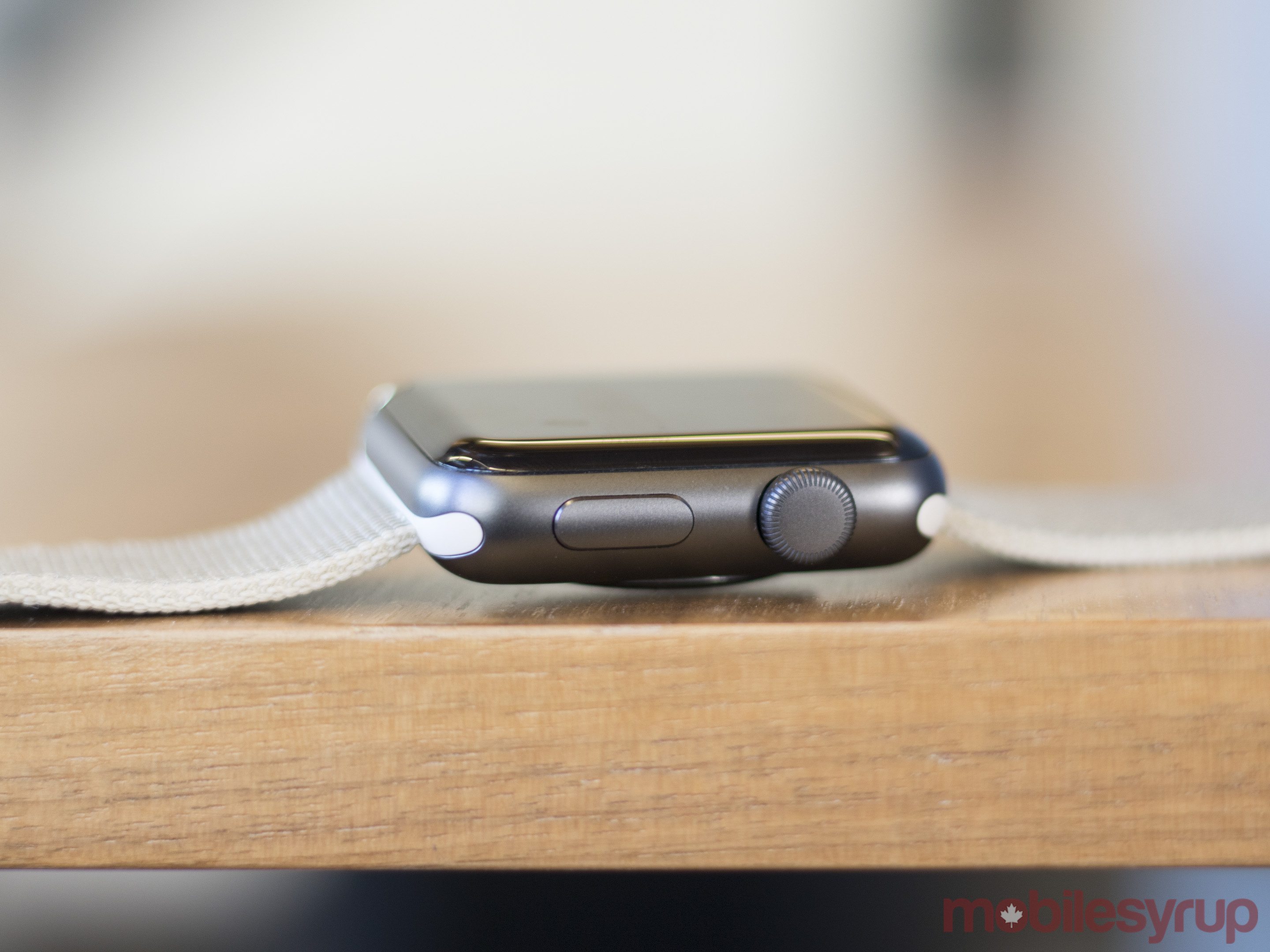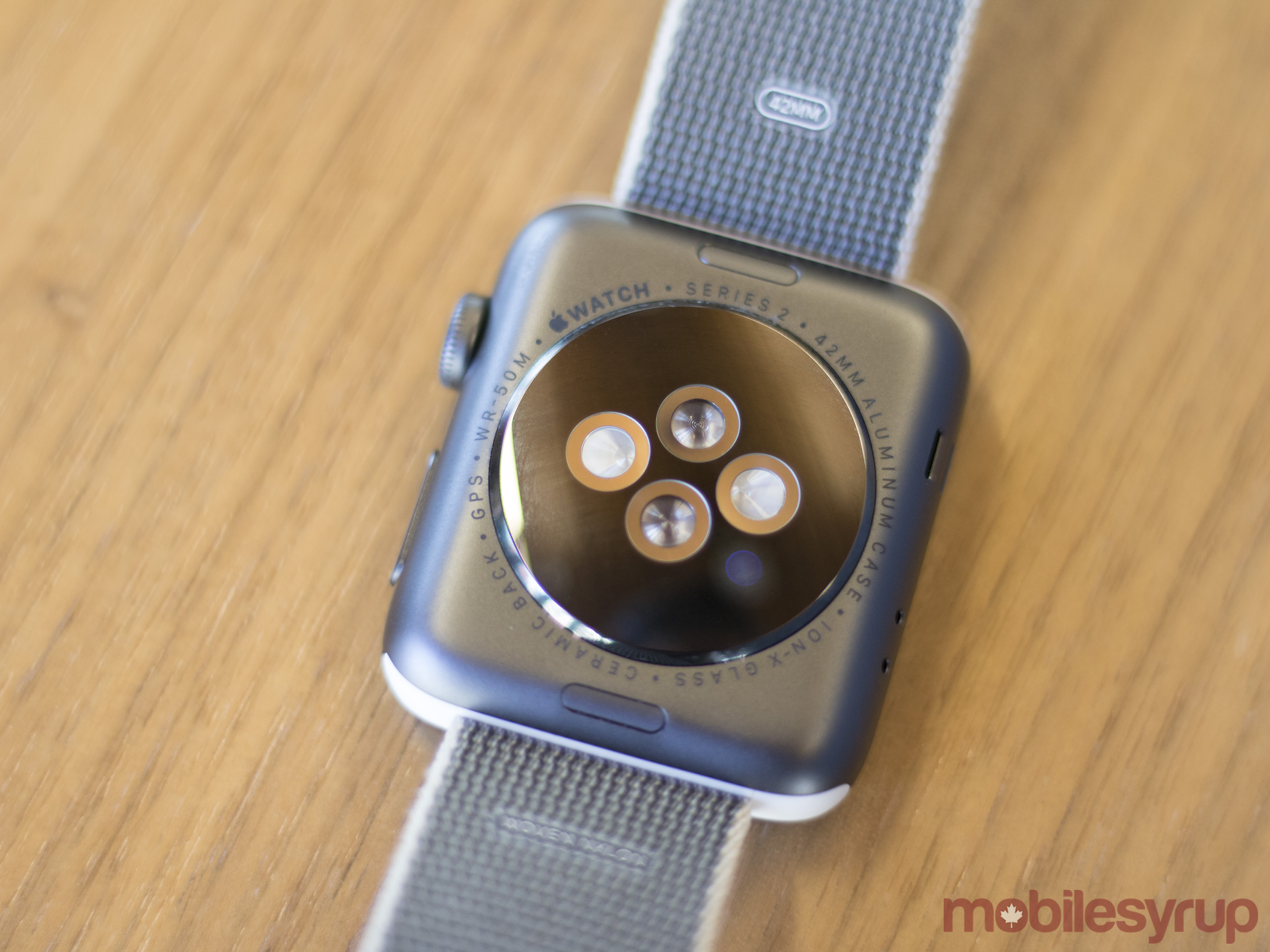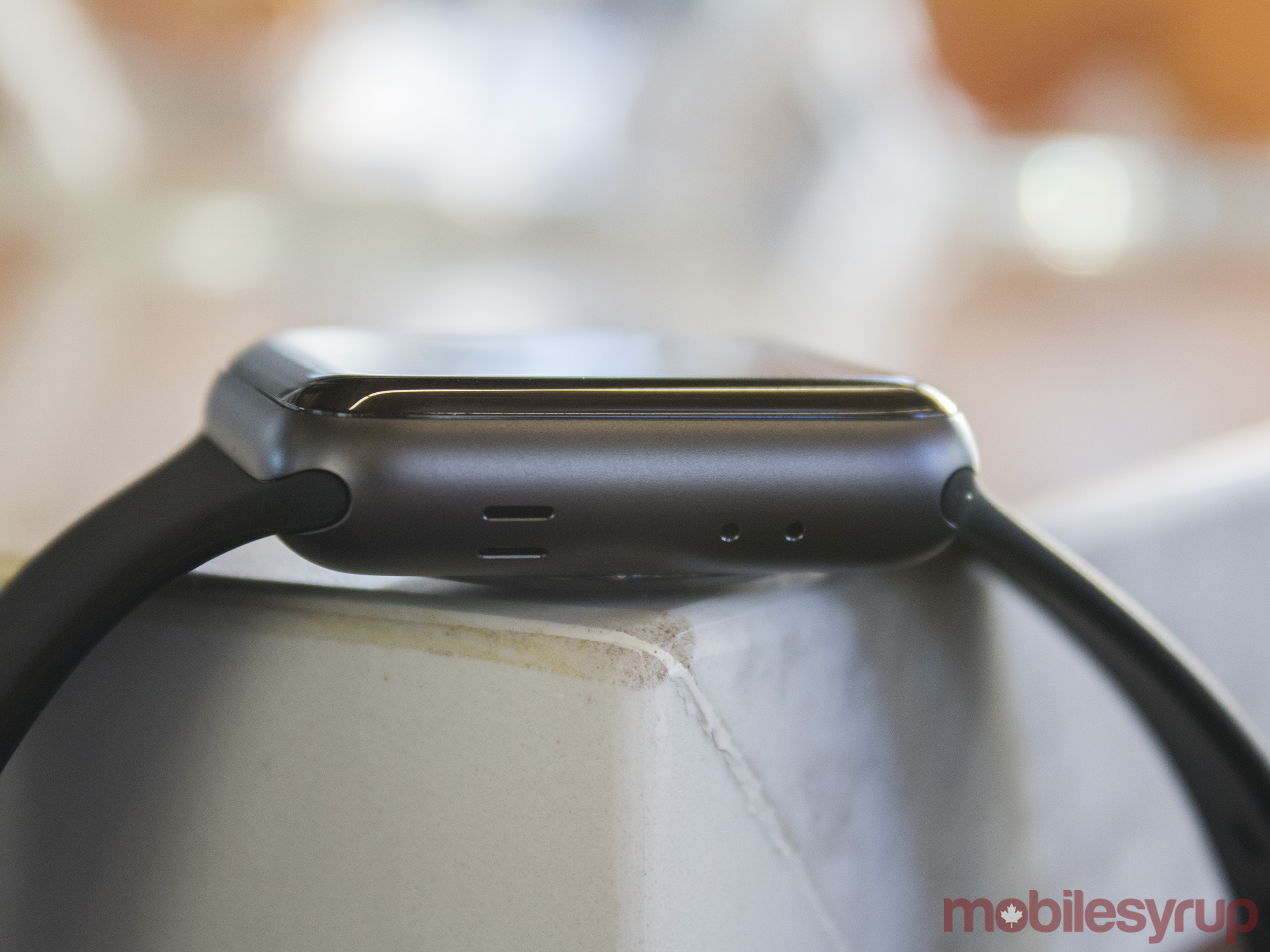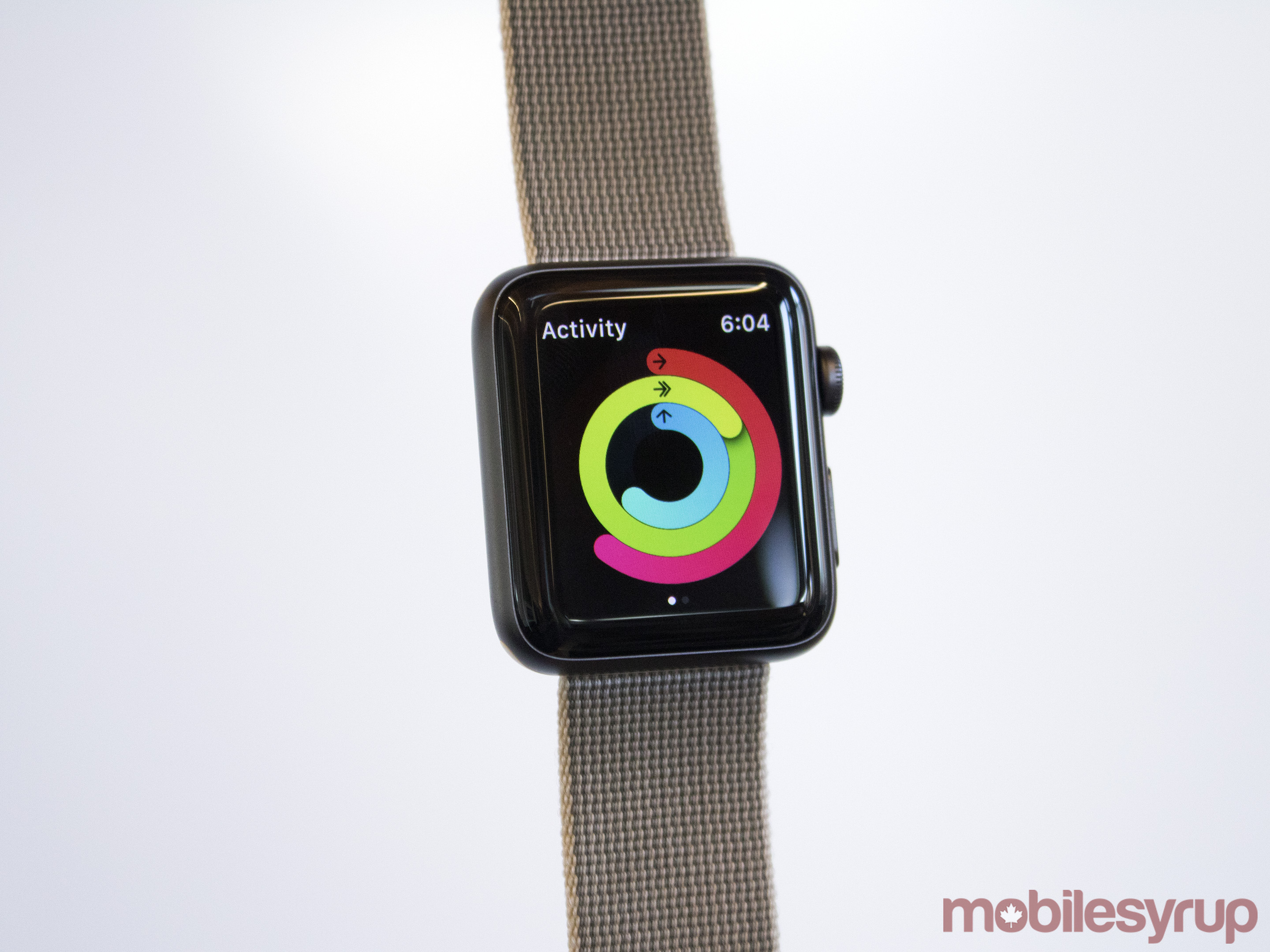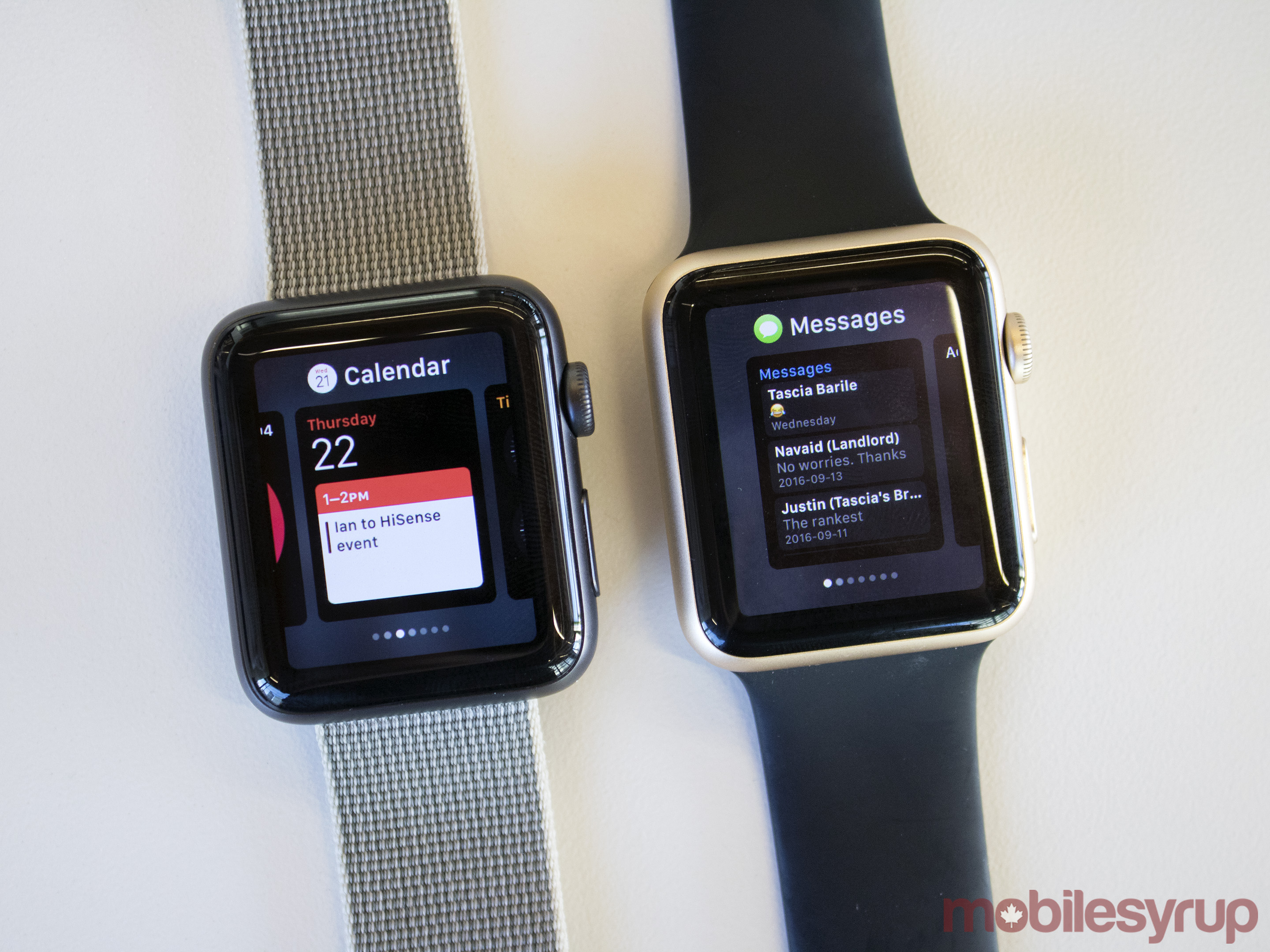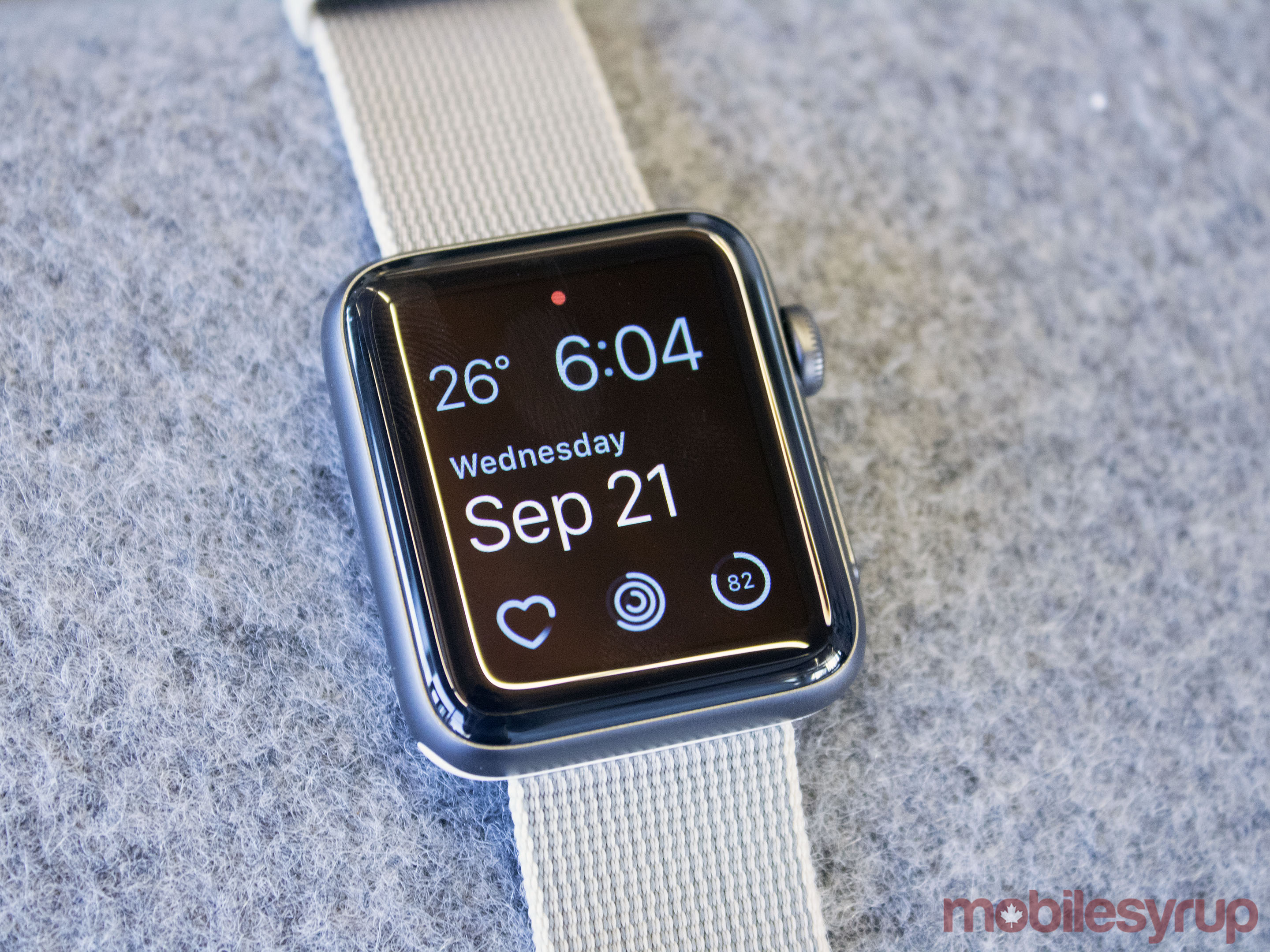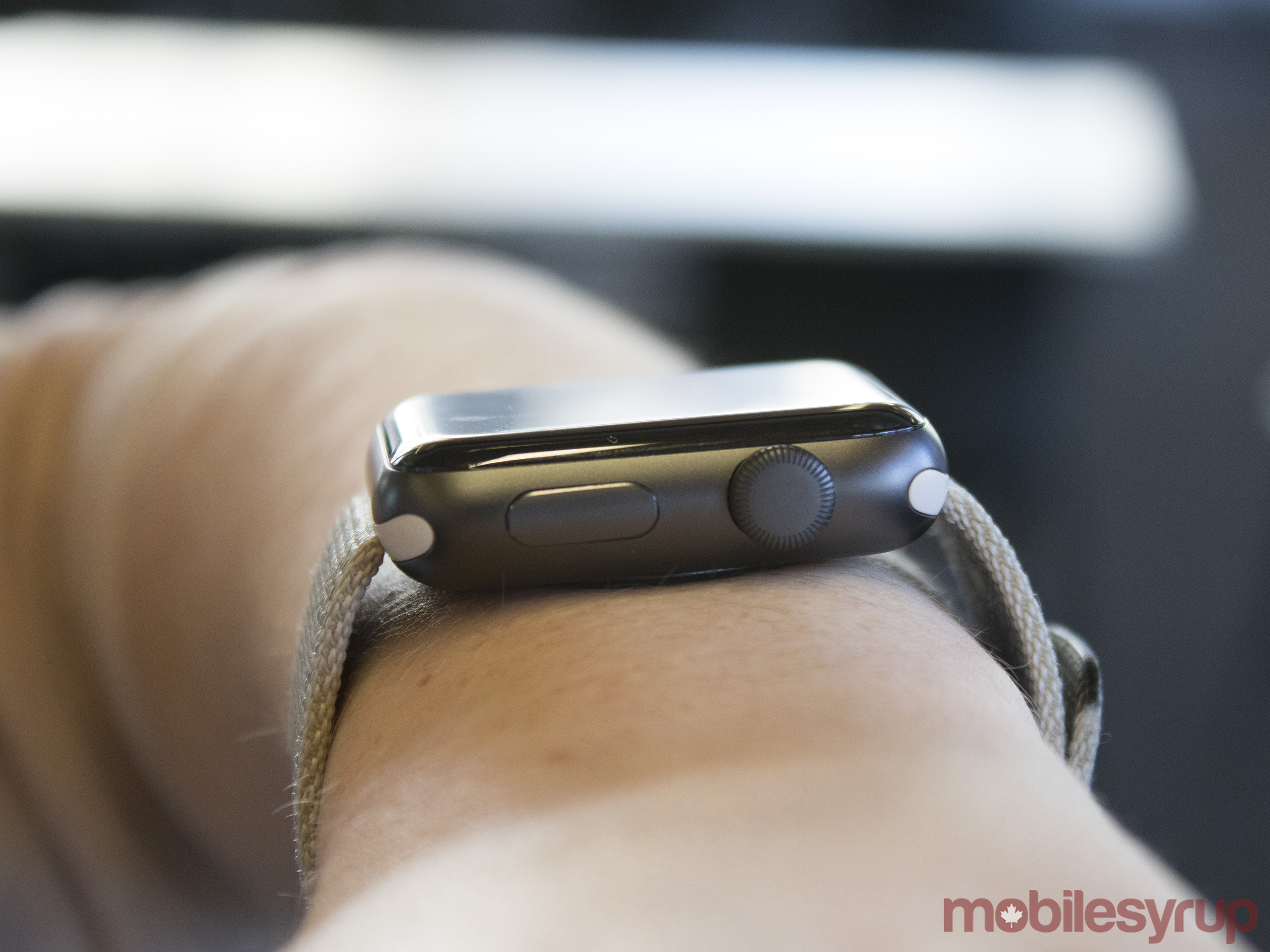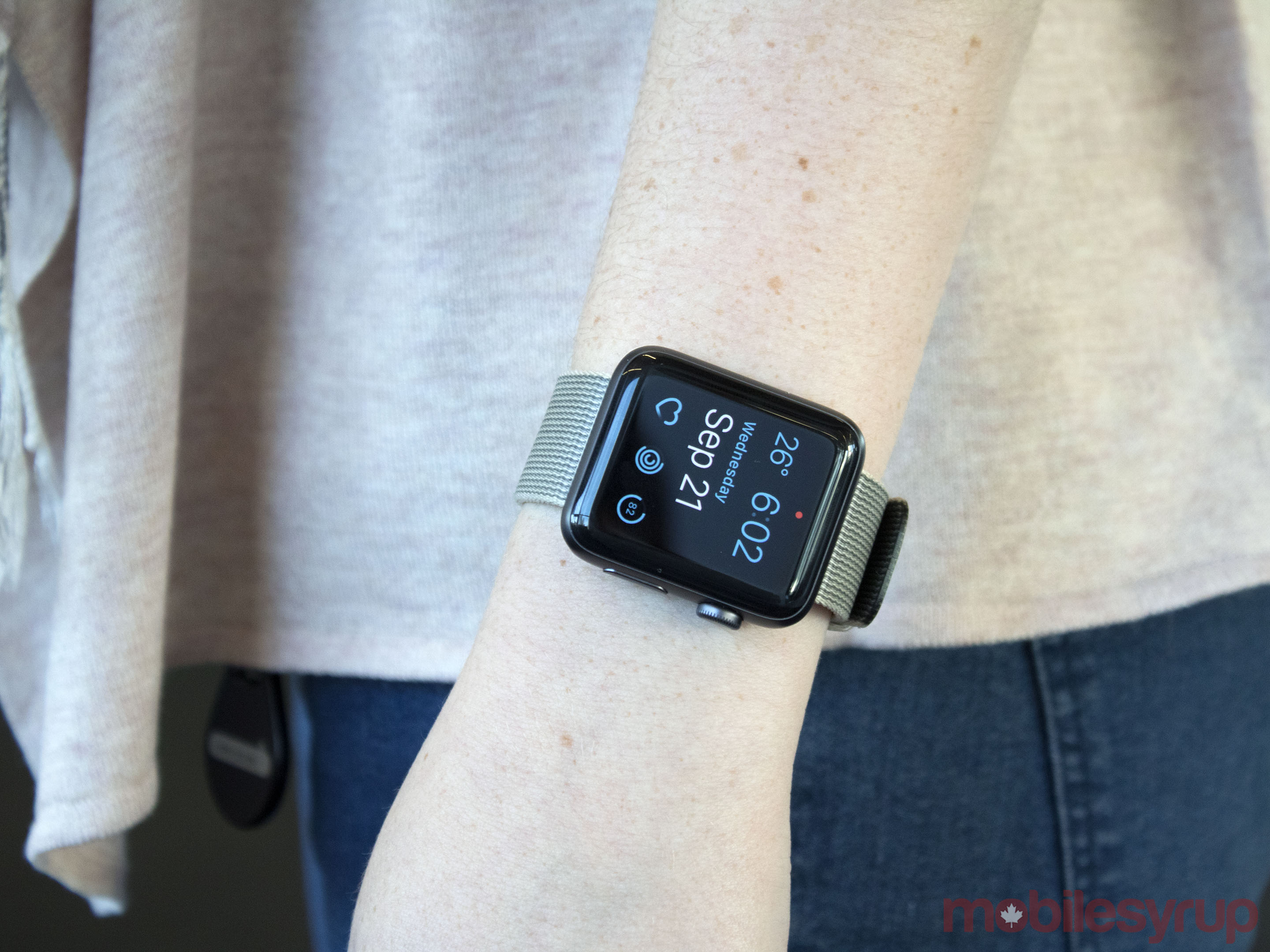
The main question surrounding the release of the Apple Watch 2 is whether or not the second generation of Apple’s wearable is really worthy of an upgrade.
For die hard Apple fans, that’s definitely going to be the case, but for others, the Cupertino, California-based tech giant’s Series 2 wearable, coupled with watchOS 3, is the smartwatch that should have been released back in 2015.
Similar to the iPhone 7 and iPhone 7 Plus, the Apple Watch Series 2 looks nearly identical to its predecessor in terms of design. It’s worth noting that Apple’s new watch is actually is 1mm thicker than its older brother, a shift that was made to accommodate the wearable’s larger battery. Other often-requested features have also been added to the Apple Watch, including a faster processor, water resistance and an on-board GPS.
If you were expecting a total refresh, however, you’ll be disappointed in the Series 2.
Love it or hate it, Apple has stuck with the square 38mm and 42mm variants of the Apple Watch, right down to colour and strap variants, though there is a new ultra-expensive ceramic option for those with an insane amount of expendable income. Those hoping for a rounded Apple Watch that looks more closely to Motorola’s Moto 360, the current king of Android Wear Land, were likely hoping for a considerable revamp.
In some ways, the Apple Watch Series 2 is actually Apple admitting that it didn’t nail everything about the first-generation device in terms of software and overall direction — this is something the tech giant rarely does — switching the wearable’s main focus from being a high-end fashion accessory, to placing a greater emphasis on fitness.
Not afraid to get wet
Given the fact that most standard watches feature some level of water resistance, it was seen by many, including myself, as a strange move that the first-generation Apple Watch couldn’t withstand water. Though, in the company’s defense, other than Pebble’s devices (excluding the Time Round), most premium smartwatches still lack the feature.
The Apple Watch Series 2 is capable of being submerged in up to 50 meters of water, making it ideal for users who want to track their physical activity while swimming. I wore the watch on two occasions while swimming and found it worked fine when I was back on dry land.
In order to blast unwanted water out of the Series 2 after it’s been submerged, Apple has developed a mechanism that sends water flying out of its speaker — an innovative feature, but one I found difficult to locate at first.
To activate the feature you first need to swipe up from the bottom of the display. Another option is to navigate to the Activity app and then set swimming as your exercise. You’re then able to put the Apple Watch in swim mode and when you exit this activity, there’s an option to turn on the feature by spinning the digital crown’s knob.
While neither of these methods are particularly difficult, it would have made more sense for Apple to include an automatic prompt that expels water from the Series 2. Also, while making liquid shoot out of the wearable is undeniably cool, shaking the watch also accomplishes basically the same thing.
Still not a must-have device
What hasn’t changed about the Apple Watch Series 2, however, is the fact that it’s still not a must-have device, though the same can be said about all smartwatches.
While some still expect smartwatches to replace their smartphone completely, it’s likely that’s never going to happen, especially since Apple has reportedly dropped the concept of a 3G Apple Watch not tethered to the iPhone. WatchOS 3 takes many steps forward in terms of making the Series 2 a more independent device, but it still needs to be tethered to an iPhone to access most of its features.
What the Apple Watch is, however, is a great companion device designed to triage notifications and run simple apps, and that has not changed with the Series 2; it’s only got better, especially when it comes to to speed.
Apple’s wearable remains the top smartwatch on the market right now and that position is reaffirmed with the Series 2.
watchOS 3 lives up to Apple’s lofty claims
Despite its similar exterior, Apple has improved the Apple Watch’s internals considerably. Apple claims the Apple Watch Series 2 is 50 percent more powerful than the Series 1 thanks to a new dual-core processor and GPU that allows for more advanced graphics processing. In my few weeks with the watch, Apple’s claims seem to accurate, though this speed boost is also the result of watchOS 3, an almost complete revamp of the wearable’s user interface.
The main shift present in watchOS 3 most people will instantly notice is that the new Dock that lets users to place the 10 apps they use most frequently in a state that allows them to launch almost instantly. Accessing apps located in the Dock is also simple and just requires a quick tap on the Apple Watch’s side button, the same input that once navigated to the favourite contacts screen in watchOS and watchOS 2.
Furthermore, watchOS 3 adds a new breathe feature that encourages the wearer to take a few moments out of their day to meditate and reflect. While this sounds silly at first, as someone who works in what is often a high stress industry, I quickly grew to value these few moments of reprieve. It may sound ridiculous that a wearable needs to remind you to take a break sometimes, but in the bustle of a busy work day, sometimes a little nudge is helpful and necessary.
Messaging has also been improved considerably in the latest version of Apple’s wearable operating system. Users are now able to quickly reply to texts by tapping twice in succession. New animated stickers and full-screen effects have also been added to the mix. Users are even able to create custom replies and send quick scribbles in a more intuitive way than what was featured in Apple’s last wearable operating system.
Overall watchOS 3 is a monumental leap forward for the Apple Watch.
It’s also worth noting that watchOS 3 speeds up the original Apple Watch’s app load time considerable as well, though some apps, mainly third-party ones, still take more time to load than most people will find acceptable. While third-party apps also take slightly longer to load with the Series 2 and watchOS 3, the speed issue is less noticeable with apps launching considerably faster.
Runners rejoice, GPS is here
One of the most requested features in the original Apple Watch is an on-board GPS. With the first generation wearable, in order to track runs and other kinds of exercise that requires the recording of precise movement, users had to bring along their tethered iPhone.
With the Series 2 that’s no longer an issue thanks to the wearable’s built-in GPS, though it’s important to note that continuous GPS use limits battery life to about five hours. Your route isn’t visible on the watch in real time, but when you return home, the recorded data will sync with your iPhone. I’m no runner, but the few times I tried this feature I found it liberating; it’s great to leave your iPhone at home and forget about the connected world while exercising.
Since the Series 2 is waterproof, water sports enthusiasts can also easily track their workout activity as well via built-in GPS. If you’re looking for just a fitness tracker, there are cheaper devices from other manufacturers that feature built-in GPS, with FitBit’s products being the most notable examples. But, if you’re looking for a device that is both a fitness tracker and a smartwatch, the Apple Watch Series 2 is now a significantly more appealing option.
Despite the Series 2’s larger battery, however, overall power still measures in at roughly a day due to the watch’s new on-board GPS. For some this will likely be a monumental disappointment. I, however, have never had an issue with plugging in my Apple Watch over night to charge, so the trade off between battery life and the addition of an on-board GPS, makes sense. This definitely won’t be the case for everyone though.
All the ‘nits’
The Series 2’s new OLED tech results in the Apple Watch’s display being the “brightest display apple has ever shipped on any product,” measuring in at 1,000 nits of brightness and a level that is almost the same as high-dynamic range (HDR) televisions.
Will the average person notice a considerable difference though? Probably not. In my experience, the brighter display only becomes apparent under specific lighting conditions. For example, at night the Series 2’s display looks significantly more vibrant than the screen in its predecessor, and the same can be said about direct sunlight. When indoors and under normal lighting, even with both the Series 1 and Series 2 Apple Watch set to maximum brightness, I found the difference negligible.
A welcome companion
The Apple Watch was always a stylish, feature-rich wearable, but with Series 2, Apple has fixed many of the major issues with the first-generation device, increasing its performance considerably.
Current Apple Watch owners, however, can likely sit this one out given the massive improvements present in watchOS 3. Just download the software update rather than purchase an entirely new device because despite the Apple Watch’s various hardware upgrades, none of them warrant purchasing an an entirely new smartwatch.
Those sitting on the fence, however, waiting for the second generation of the company’s wearable can now confidently pick up the smartwatch knowing it’s a solid device.
MobileSyrup may earn a commission from purchases made via our links, which helps fund the journalism we provide free on our website. These links do not influence our editorial content. Support us here.


